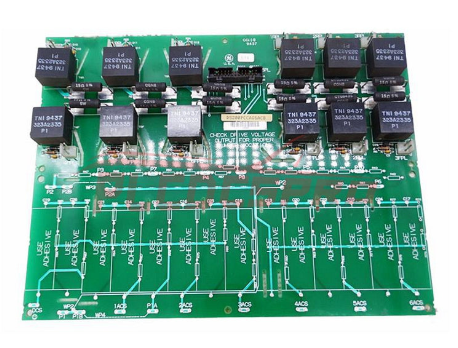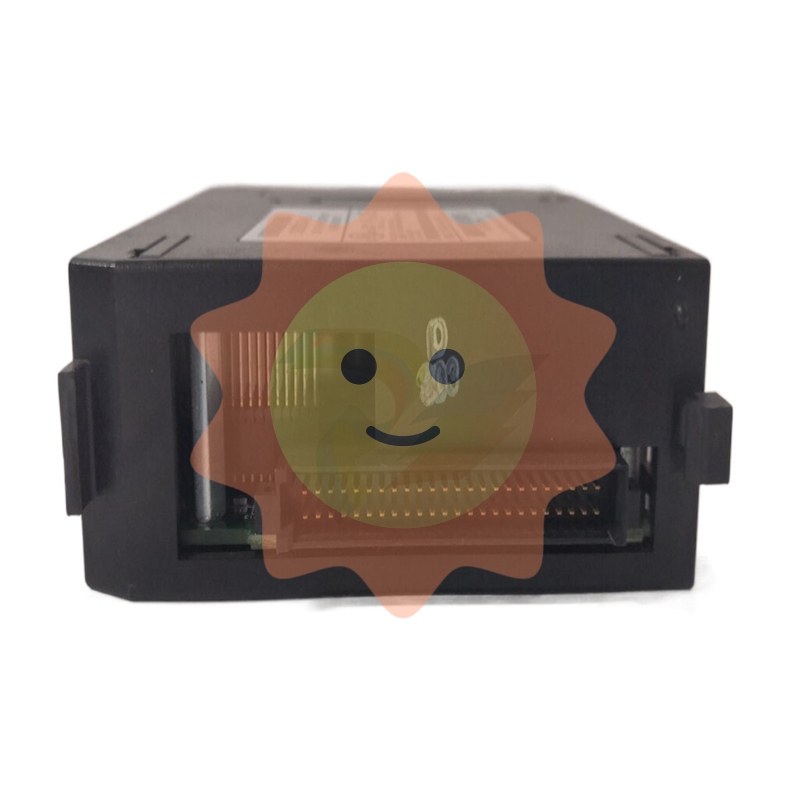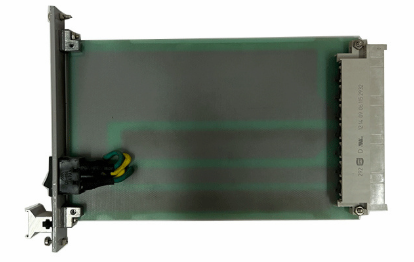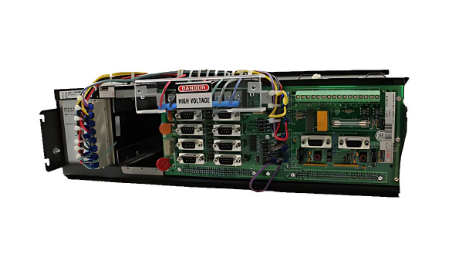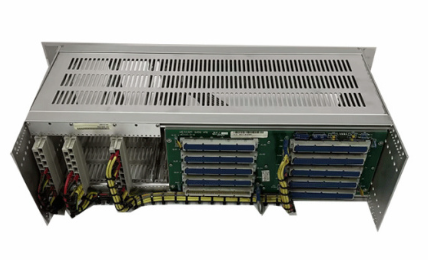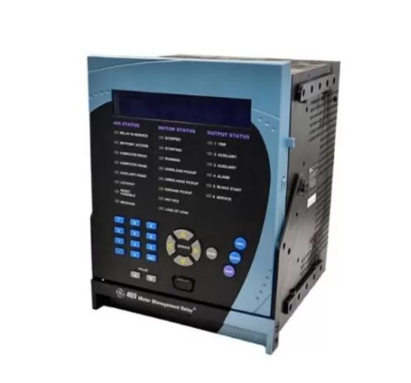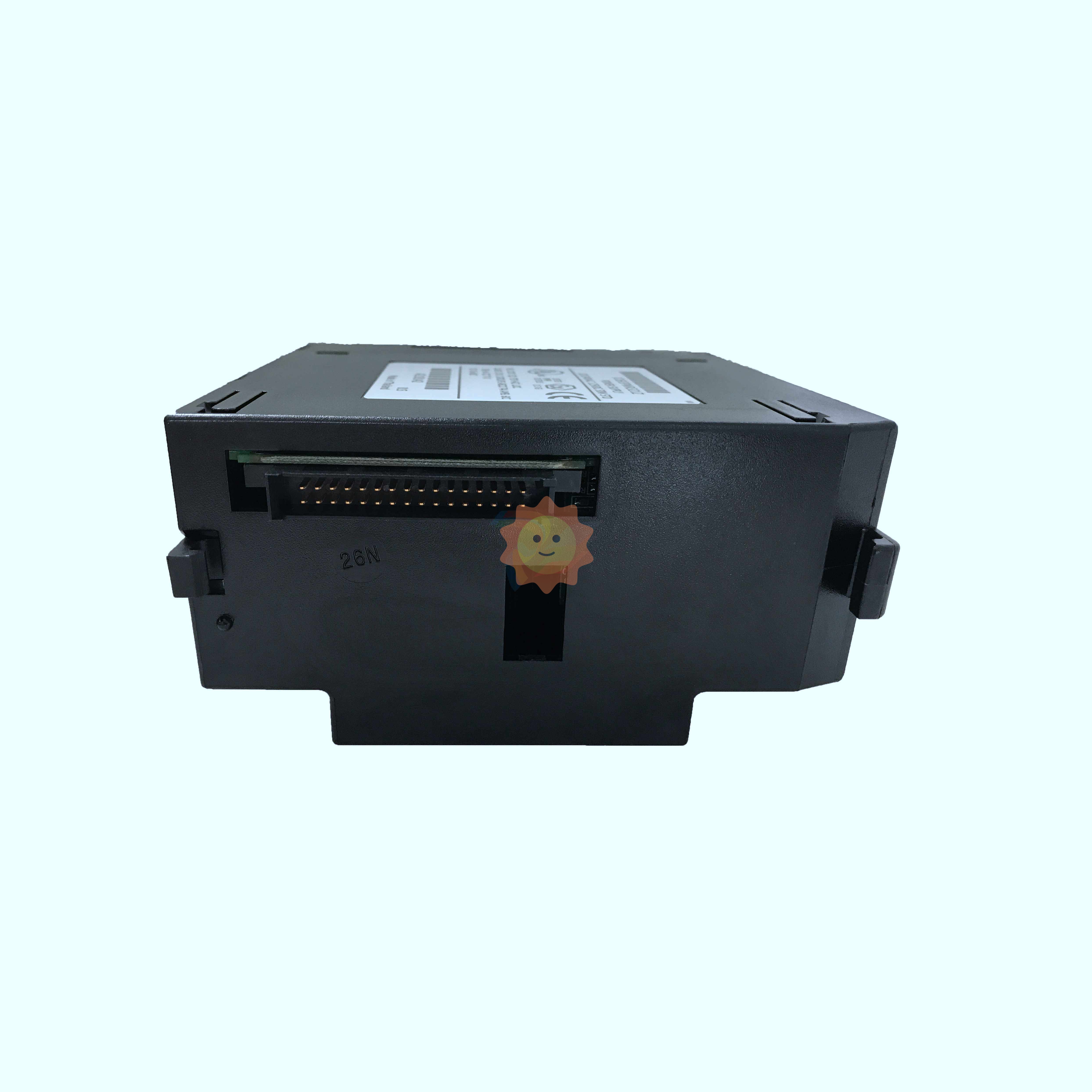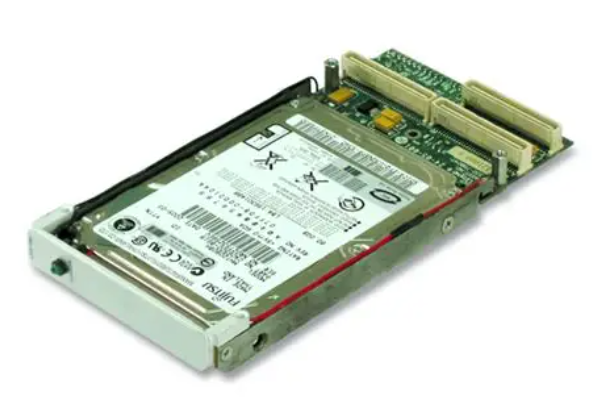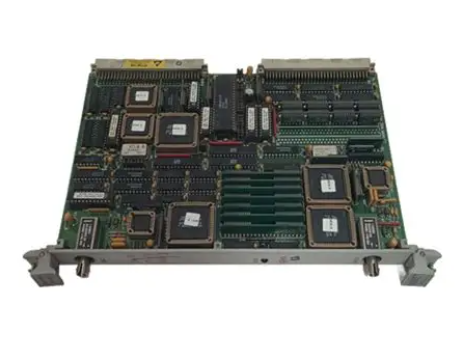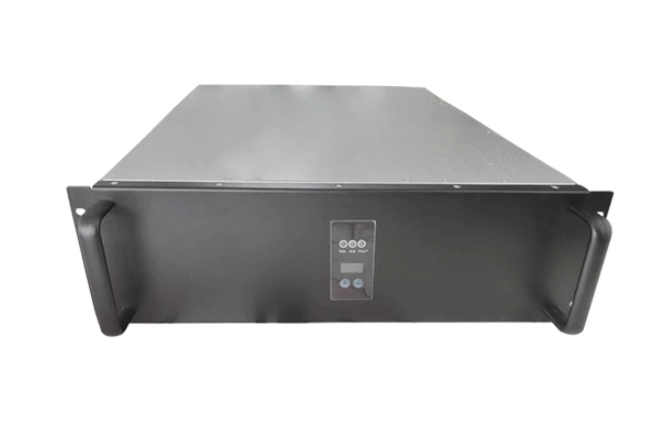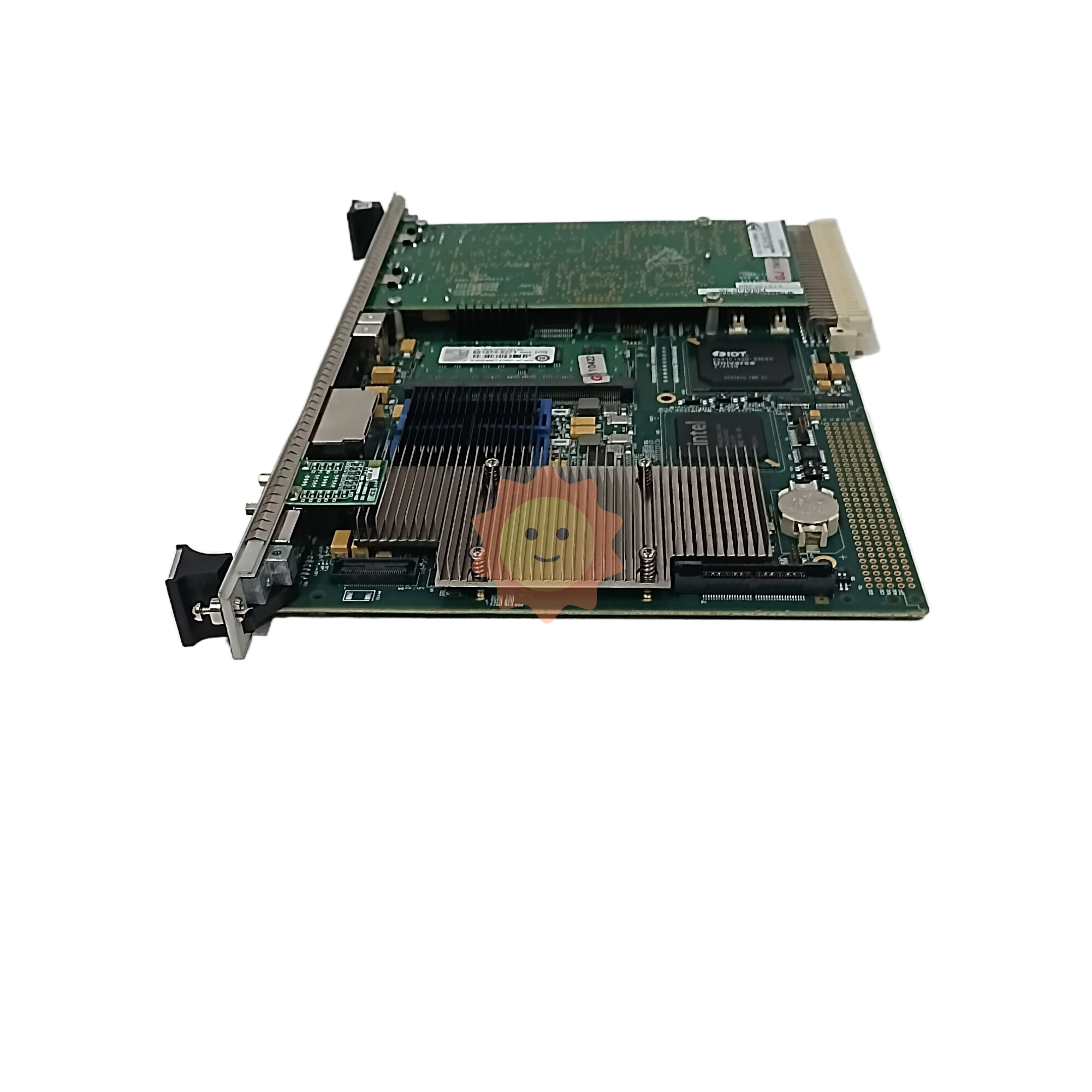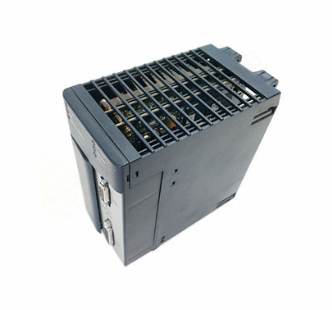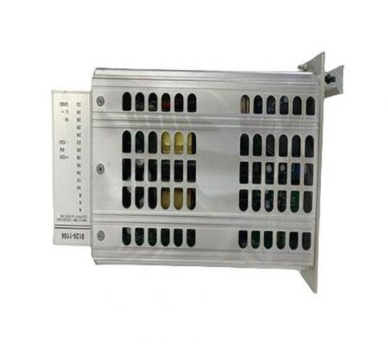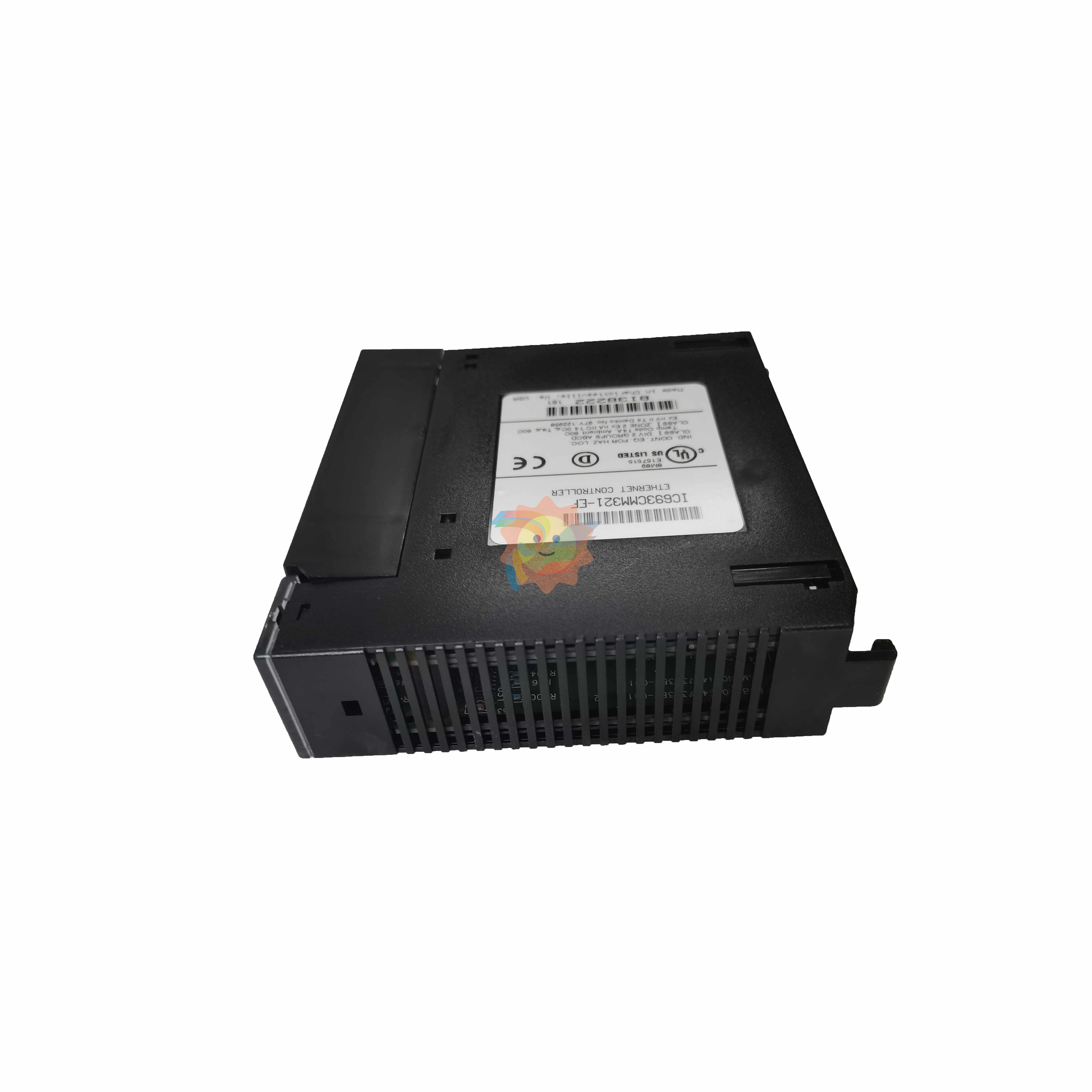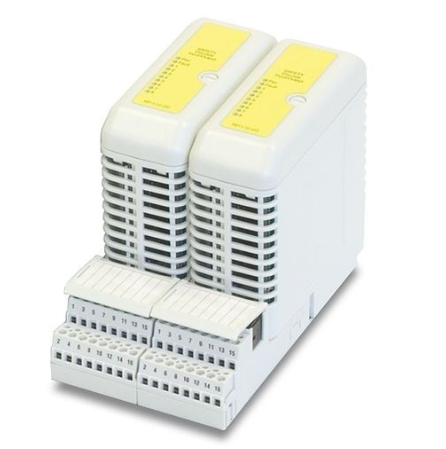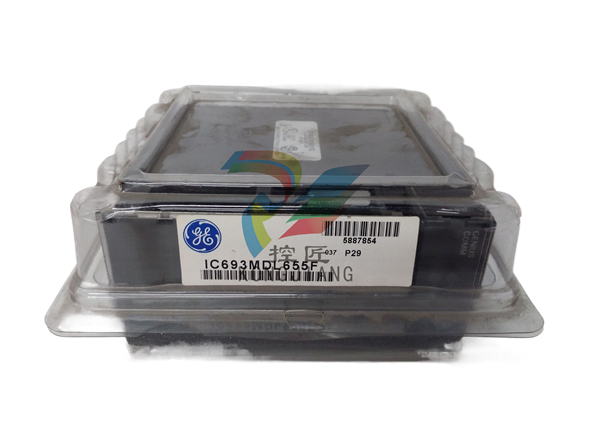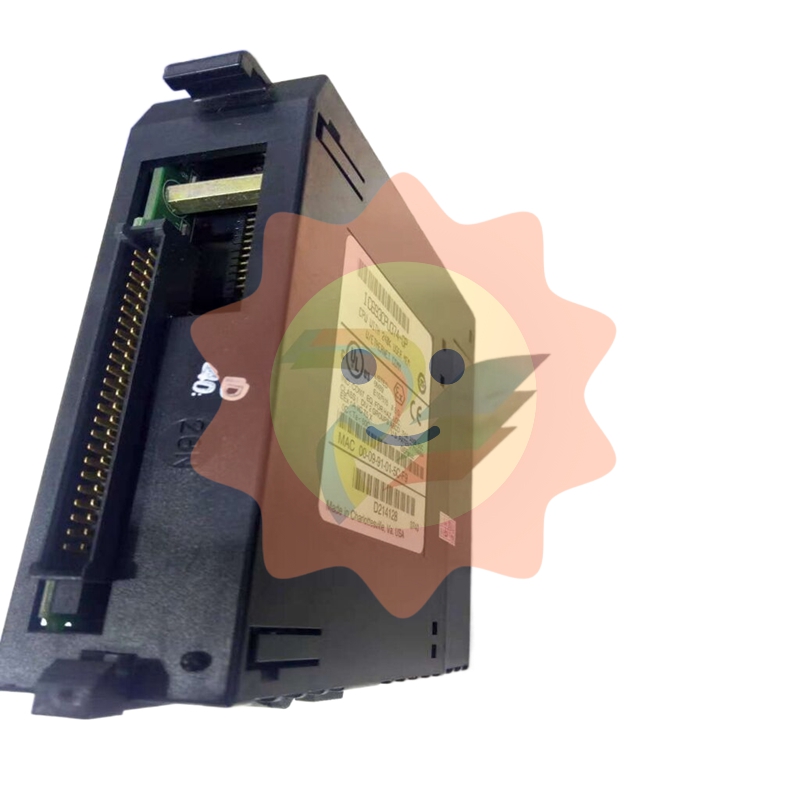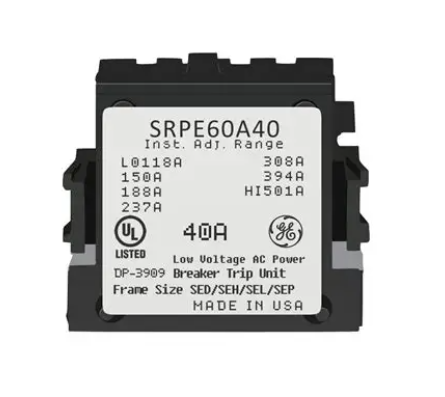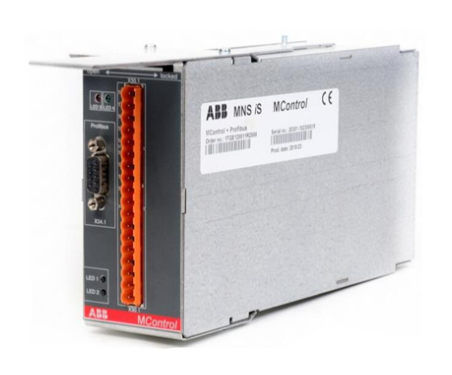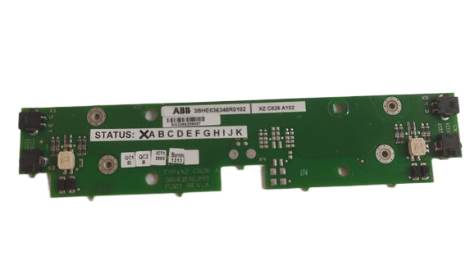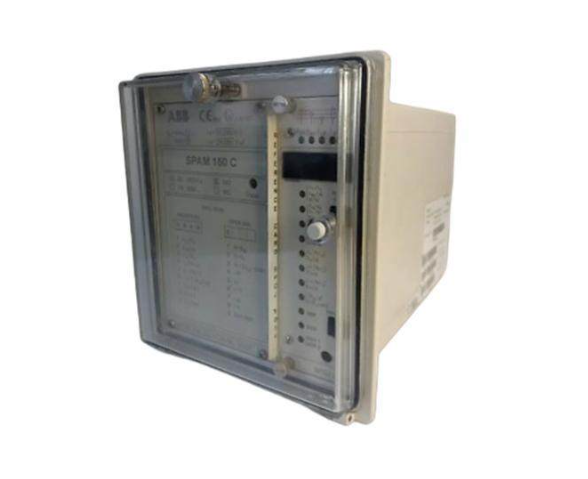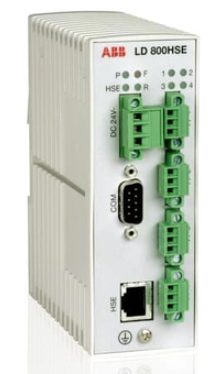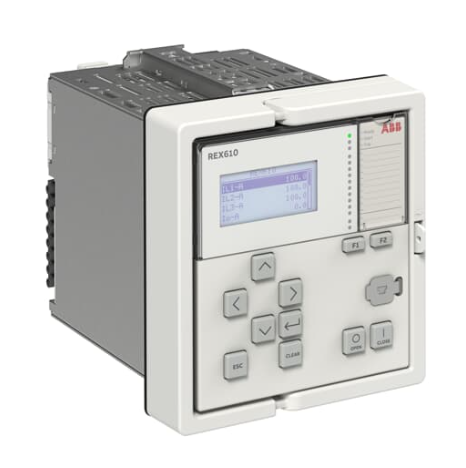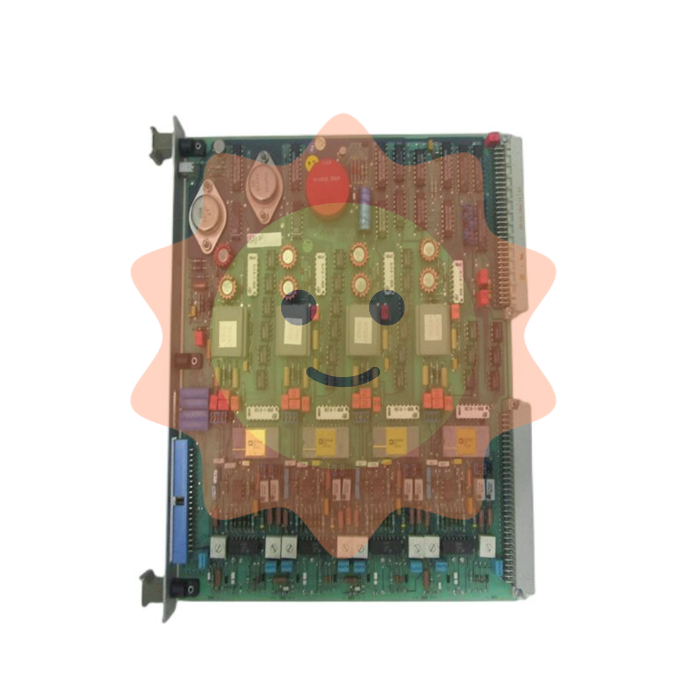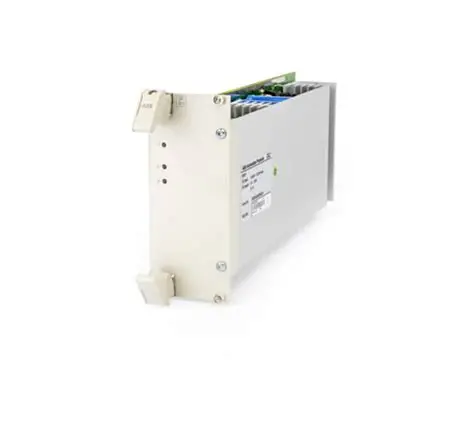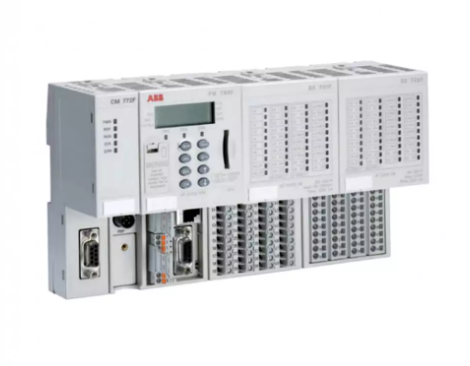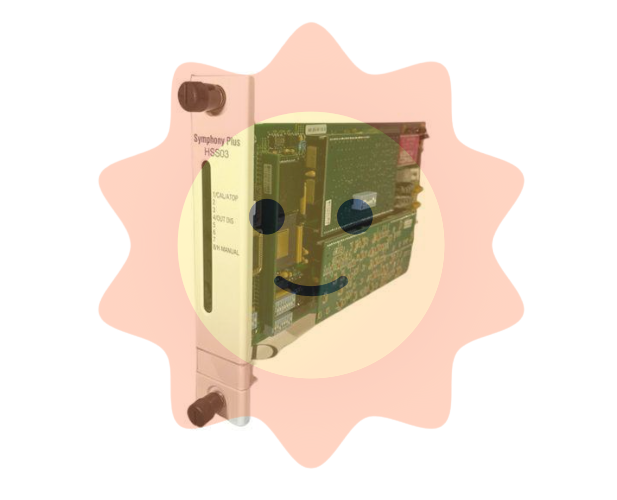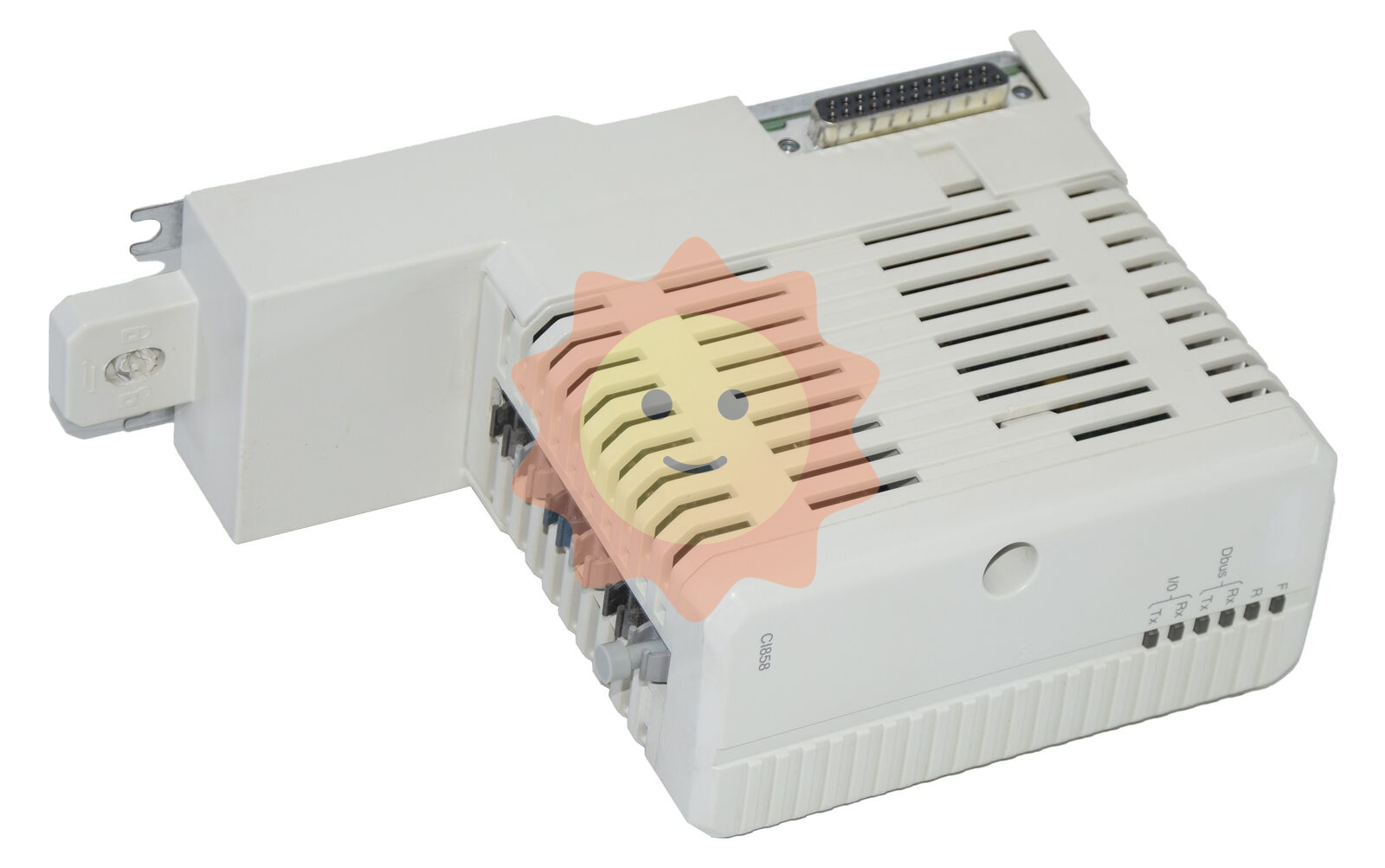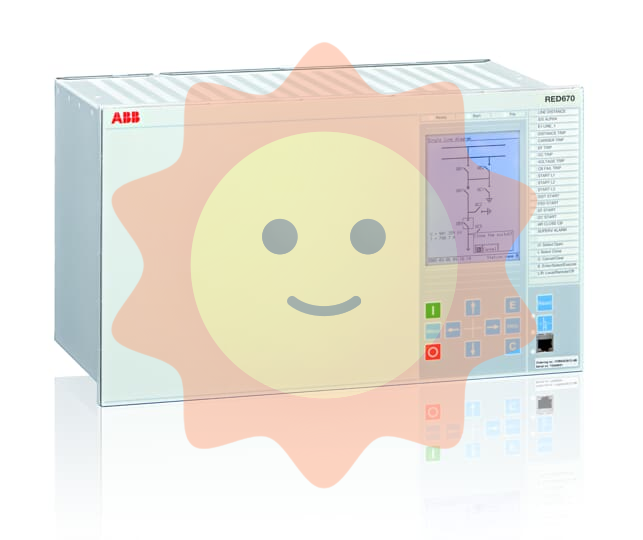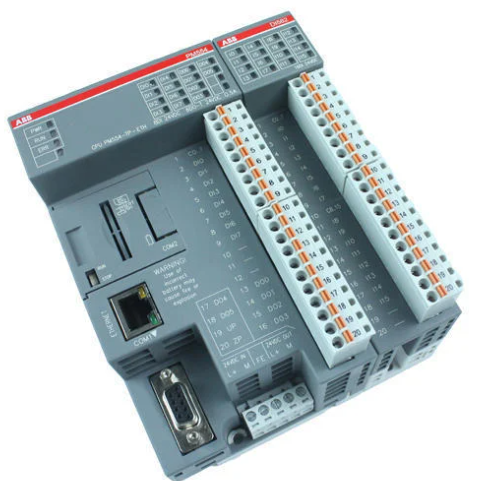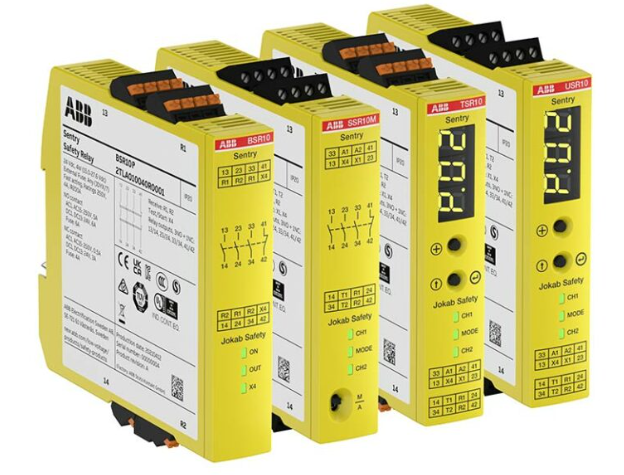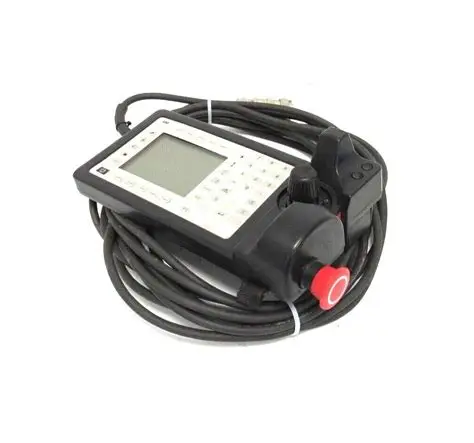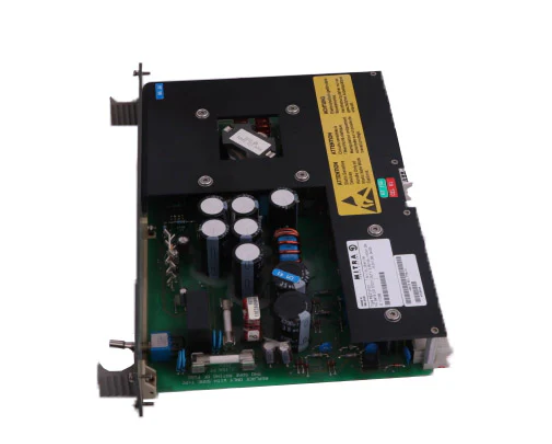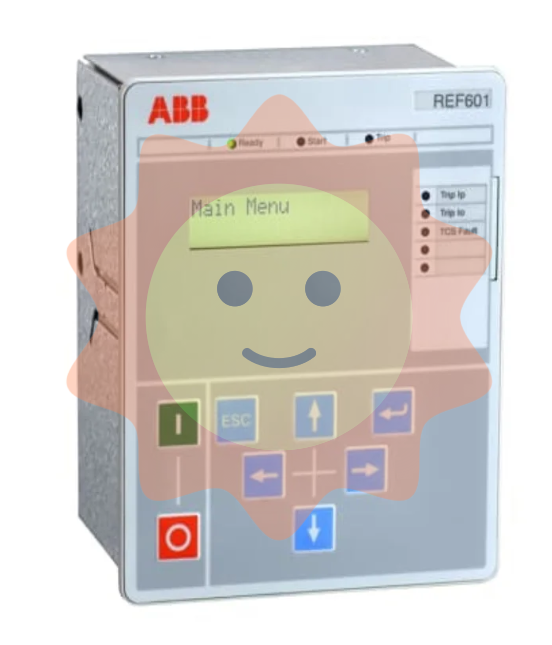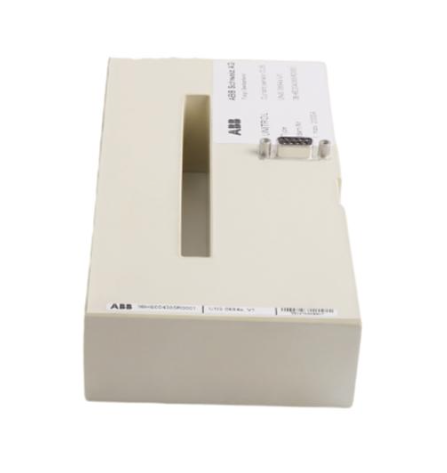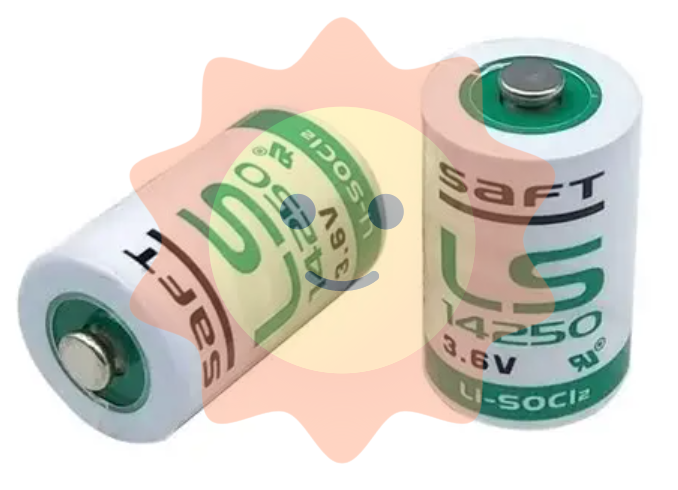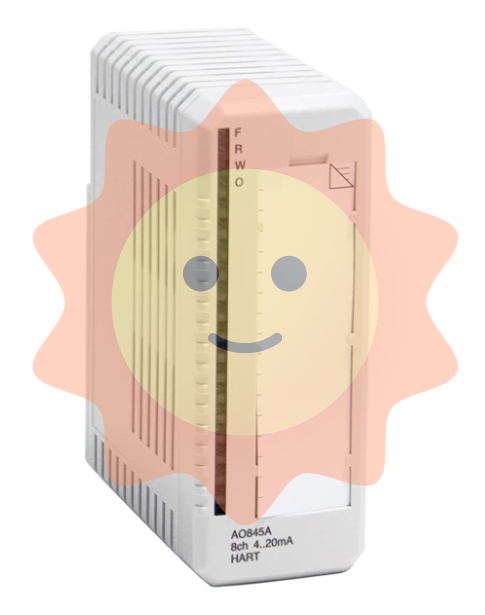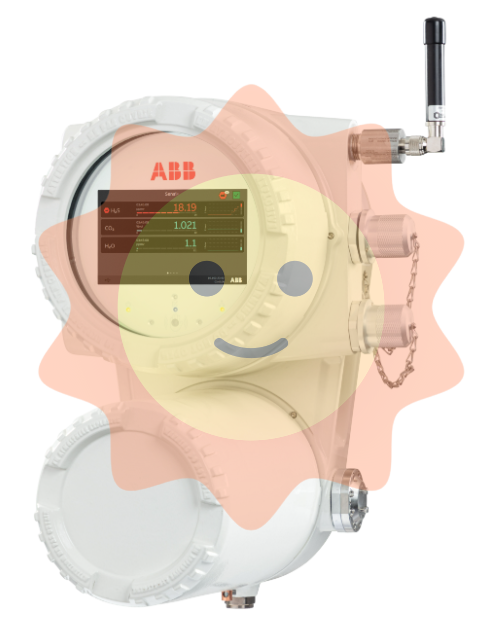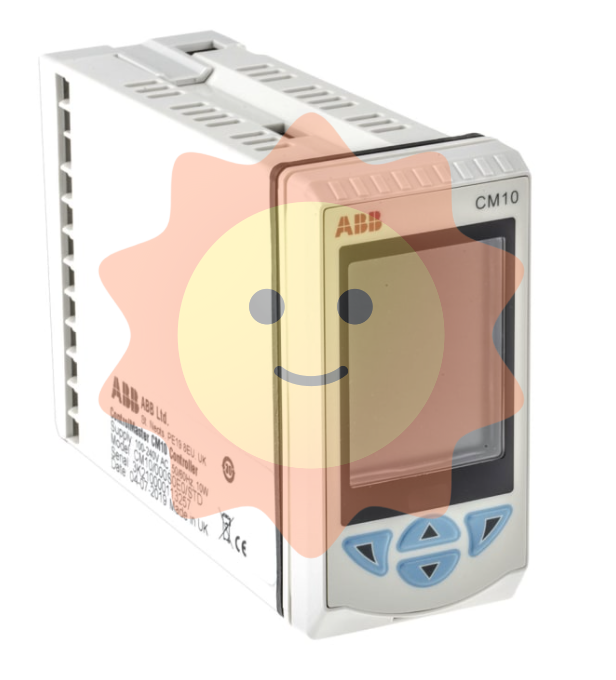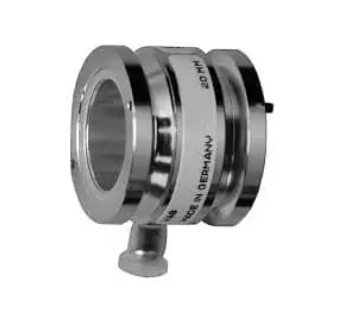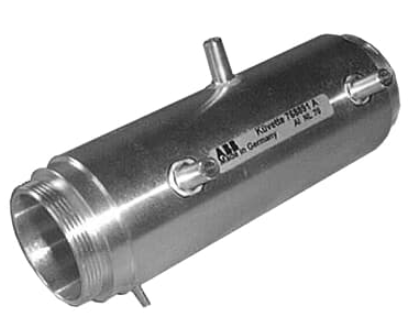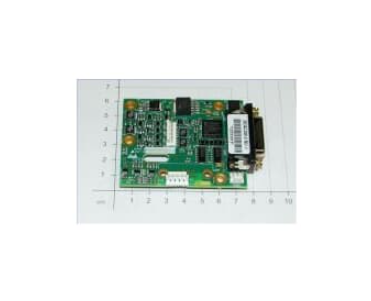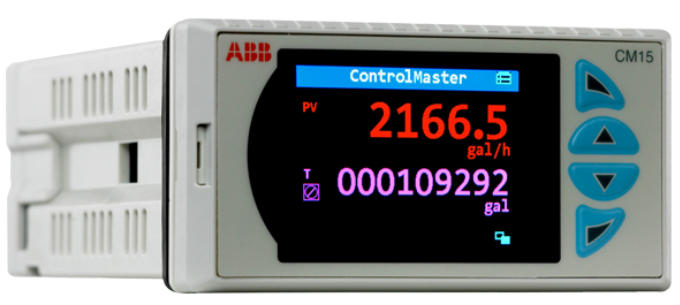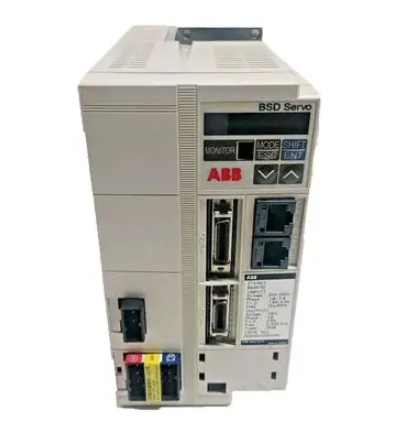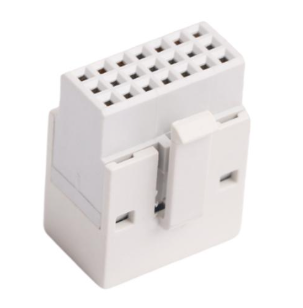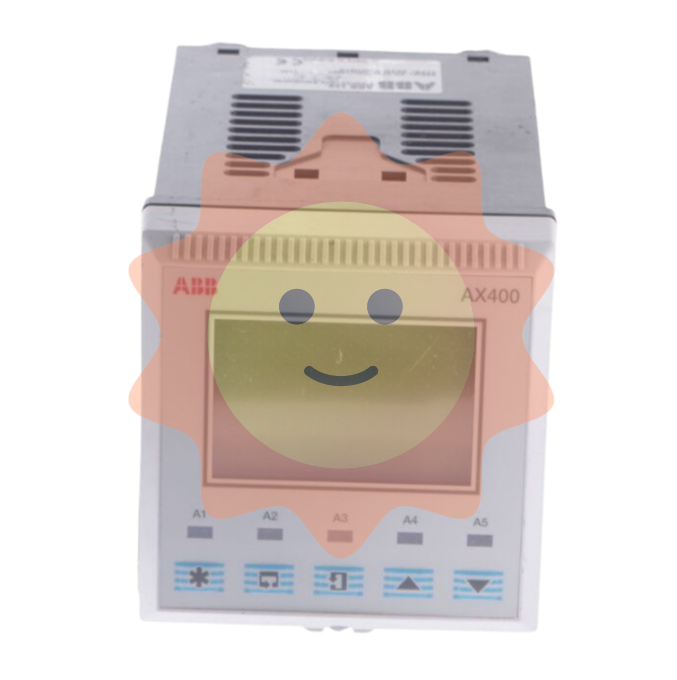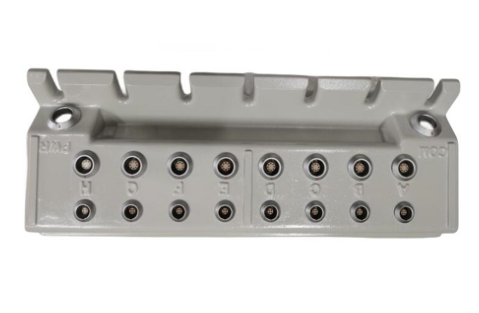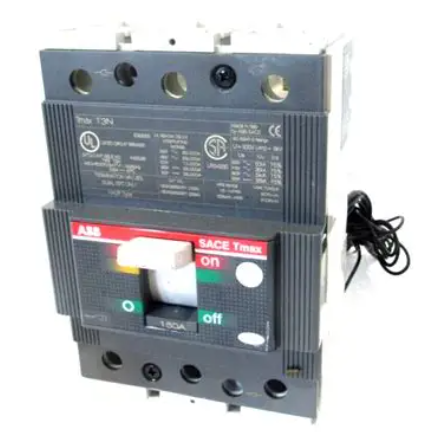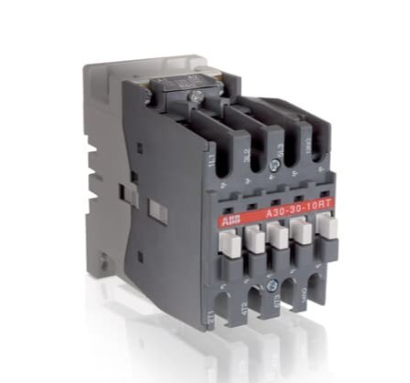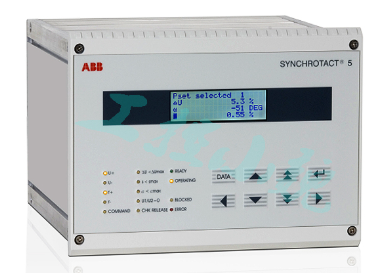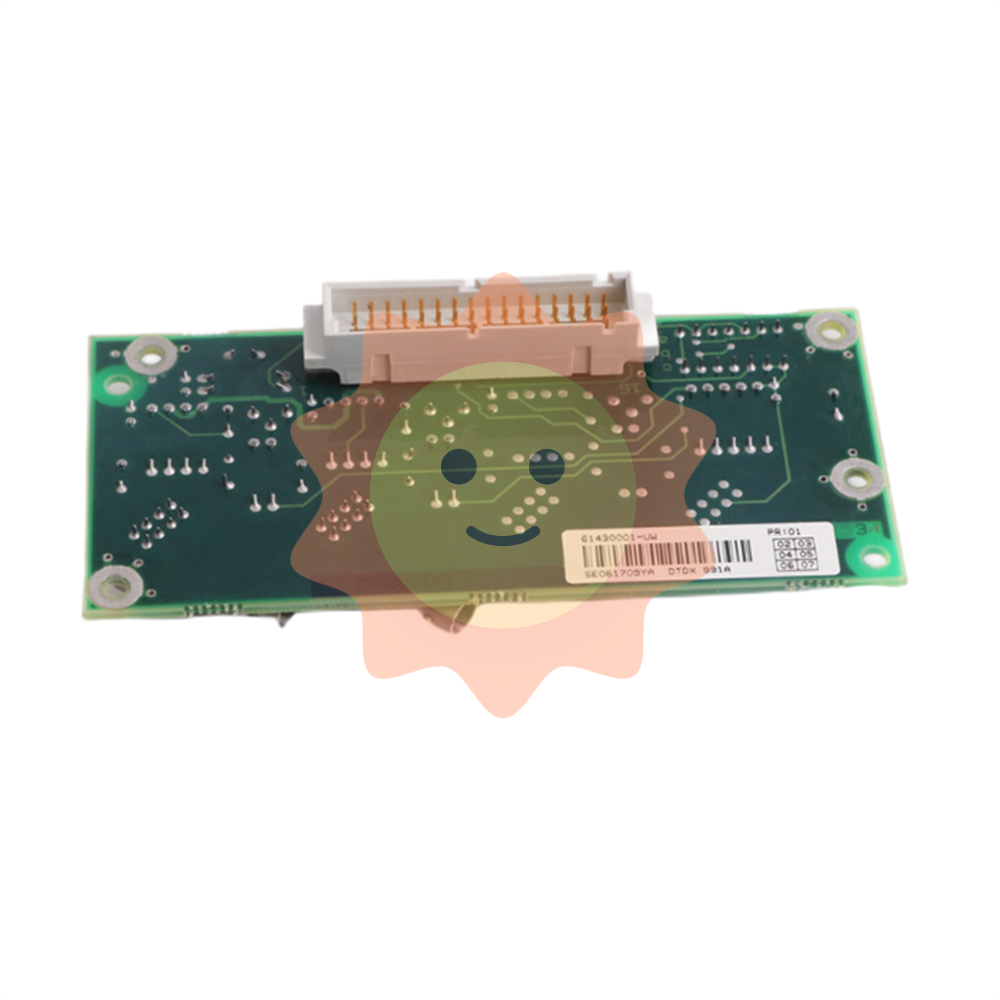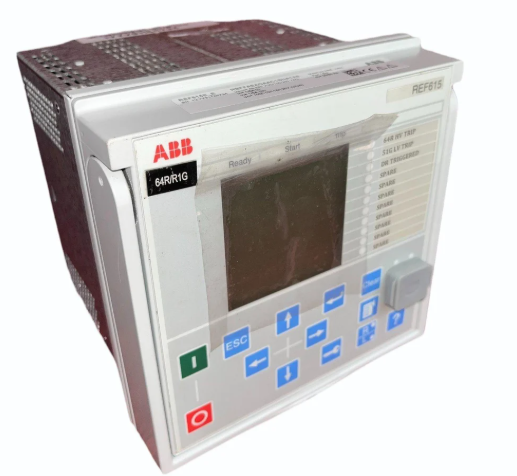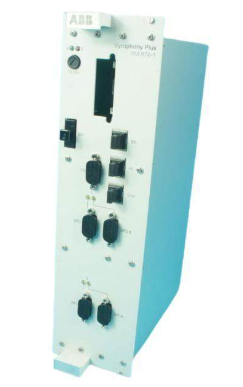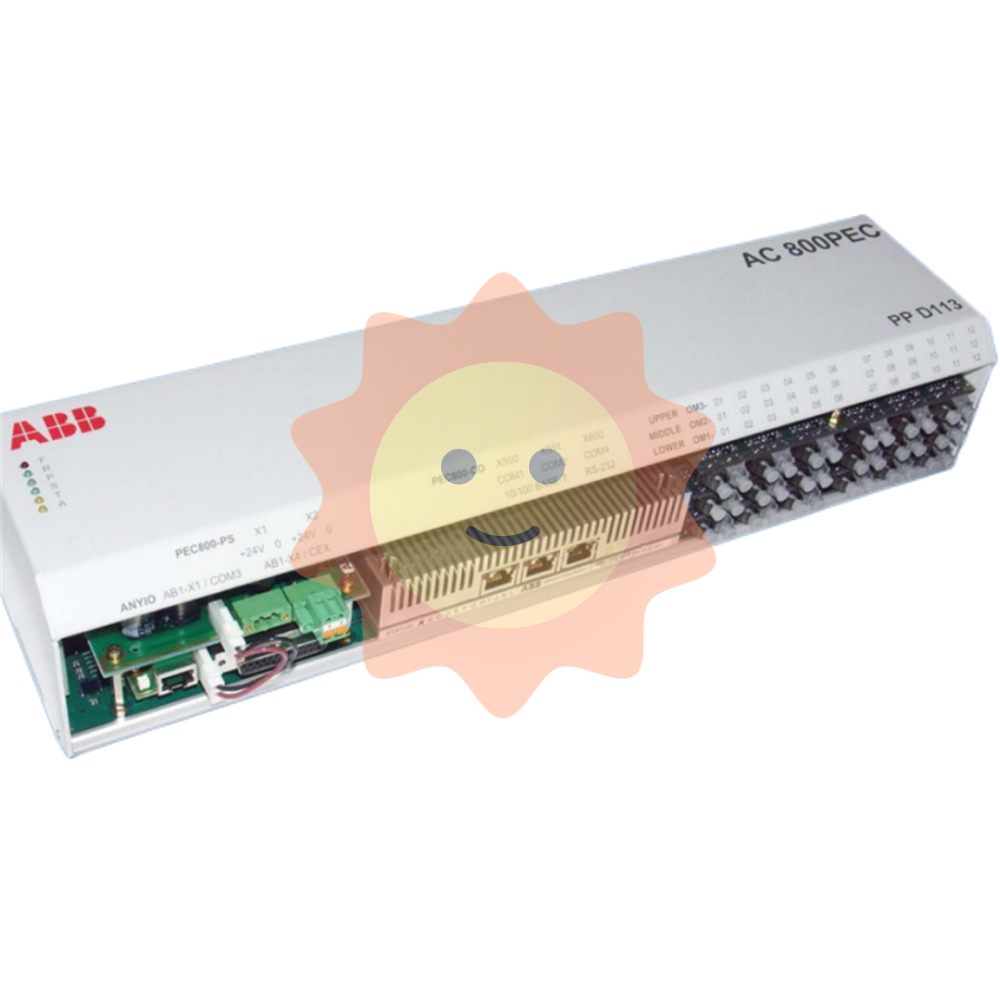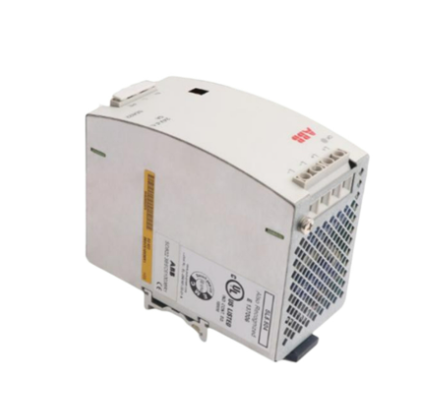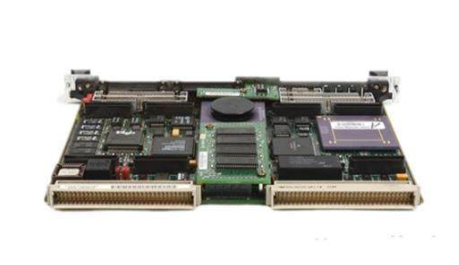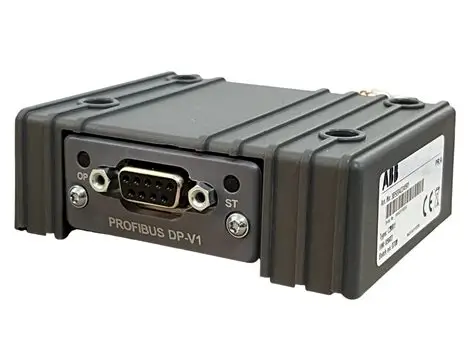Wind power generation principle and wind power generation process
First, the basic principle and composition of wind power generation
1. Principles
The kinetic energy of the wind is converted into mechanical kinetic energy, and the mechanical energy is converted into electric kinetic energy, which is wind power. The principle of wind power generation is to use the wind to drive the rotation of the windmill blades, and then increase the rotation speed through the speed reducer to promote the generator to generate electricity. Based on current windmill technology, a breeze speed (the degree of breeze) of about three meters per second can start generating electricity. Wind power is creating a boom around the world because it does not require the use of fuel and produces no radiation or air pollution.
2. Wind power generation device composition
The device required for wind power generation is called a wind turbine. This kind of wind turbine can be divided into three parts: wind turbine (including tail rudder), generator and tower. (Large wind power stations basically do not have a tail rudder, generally only small (including domestic) will have a tail rudder)
2.1 Wind Turbine
The wind wheel is an important part that converts the kinetic energy of the wind into mechanical energy. It consists of two (or more) propeller-shaped impellers. When the wind blows to the blade, the blade generates aerodynamic force to drive the wind wheel. The material of the blade requires high strength and light weight, and is currently made of fiberglass or other composite materials (such as carbon fiber). (Now there are some vertical wind wheels, S-shaped rotating blades, etc., whose role is also the same as that of conventional propeller blades)
Because the speed of the wind wheel is relatively low, and the size and direction of the wind often change, which makes the speed unstable; Therefore, before driving the generator, it is necessary to attach a gear gearbox that increases the speed to the rated speed of the generator, and then add a speed regulating mechanism to keep the speed stable, and then connect to the generator. In order to keep the wind wheel always aligned with the wind direction for maximum power, it is also necessary to install a tail rudder similar to a wind vane behind the wind wheel.

2.2 Iron Tower
The tower is the frame that supports the wind wheel, the tail rudder and the generator. It is generally built relatively high, in order to obtain a larger and more uniform wind, but also to have sufficient strength. The height of the tower depends on the influence of the ground obstacles on the wind speed and the diameter of the wind wheel, generally within the range of 6-20 meters.
2.3 Generator
The role of the generator is to transfer the constant speed obtained by the wind wheel to the uniform operation of the power generation mechanism through the acceleration, thus converting the mechanical energy into electrical energy.
Second, wind farm composition
1. Wind power fleet
2. Power collection part
3. Step-up substation (there may be more than one level of step-up on land, there may be centralized control center at sea)
Booster transformer
Reactive compensation devices (capacitors, reactors, static reactive compensation devices, filters)
4. Wind farm management system
3. Schematic diagram of wind power system
The grid-connected wind power generation system, which consists of wind farm A, step-up substation B and transmission line L, sends wind power into the power network through PCC nodes and then supplies to users. The PCC node is the connection point between the wind farm and the power grid, also known as the public connection point. Usually the first pole is located at the exit of the step-up substation, and sometimes it can be set at the end of the line.
Fourth, the structure, principle and components of wind turbine
4.1 Structure
It is usually composed of wind wheels (including blades, hubs, etc.), transmission systems (mainshafts, main bearings, gearboxes and connecting shafts, mechanical brakes), yawing systems, electrical systems (generators, control systems, capacitance compensation cabinets and transformers) and machinery rooms.
4.2 Principles
First, wind energy is converted into mechanical energy by wind turbines, and then mechanical energy is converted into electrical energy by means of generators. Because the speed of the wind wheel is generally low (a few revolutions per minute to tens of revolutions), and the speed of the generator is usually very high (generally more than 1000 revolutions per minute), it is necessary to change speed through the gearbox.
4.3 Components
It is composed of blade, hub, spindle, pitch adjustment mechanism (electric servomechanism), yaw mechanism (electric servomechanism), brake, brake mechanism, wind speed sensor, generator, grid-connected switch, soft grid-connected device, frequency converter, control system, reactive power compensation equipment main transformer, speed sensor.
5, wind turbine with asynchronous machine characteristic curve
The electromagnetic torque of asynchronous machine is reversed in supersynchronous state (generator) and sub-synchronous state (motor). Reactive power increases with the increase of absolute slip in both supersynchronous and sub-synchronous states. The larger the output active power and the higher the rotational speed, the greater the absorbed reactive power.

6. Aerodynamic model and shafting model
6.1 Aerodynamic model
Pitch Angle control:
To maintain the optimal tip ratio, the wind turbine speed needs to be adjusted according to the wind speed change, so only variable speed operation can ensure that the wind turbine captures the maximum wind energy and the highest efficiency.
V R / ωλ = Energy of the wind refers to the dynamic energy of the wind. The dynamic energy of air with a given mass can be calculated by using the following common formula.
Energy = 1/2 X mass X velocity ^2
The work rate of the wind blowing through a particular surface volume can be calculated using the following common formula.
Work rate = 1/2 X air density X area X (velocity)^3
Among them,
The power rate is watts per bit;
Air density per position is 1000 g/cubic meter;
Surface volume refers to the transverse surface volume of gas flow, and the single position is square meters.
Velocity unit is m/s.
At the height of the sea level and 15 degrees of photography, the air density of dry air is 1.225 kg/m3. Air density varies with air pressure and temperature. As the altitude increases, the air density also decreases.
In the above formula, it can be seen that the work rate of the wind is positively proportional to the cubic square of the velocity and to the product of the swept surface of the wind wheel. In fact, the wind wheel can only lift a part of the energy of the wind, but not the whole.
2) Working principle of wind power generator
Modern wind power generators use aero-dynamic mechanics, just like the wings of an airplane. The wind does not "push" the blades of the wind wheel, but the pressure difference that blows through the blade shape into the positive and opposite sides of the blade. This pressure difference produces a lifting force that causes the wind wheel to spin without breaking the transverse wind flow.
The wind wheel of the wind generator can not take up the work rate of the wind. According to Betz's law, the maximum power that can be extracted by the theoretical wind motor is 59.6% of the power of the wind. Most wind turbines can only extract 40% or less of the power of the wind.
The main package of the wind generator consists of three parts: the wind wheel, the cabin and the tower pole. The most common structure of the large type of wind power generator connected to the electric grid is the cross-axis three-blade wind wheel, which is mounted on the vertical tubular tower rod.

The blades of the wind wheel are made of composite materials. Unlike the small wind generator, the wind wheel of the large wind generator is slow. A more simple wind generator uses a fixed speed. Generally, two different speeds are used - low speed in weak winds and high speed in strong winds. The responsive step generator of these constant speed wind turbines can directly generate alternating current of network frequency.
Newer designs are generally variable (such as Vestas' V52-850 kW wind motors, which run from 14 RPM to 31.4 RPM). With variable speed operation, the air-air dynamic efficiency of the wind wheel can be improved, more energy can be extracted, and the noise is lower under weak wind conditions. For this reason, the variable speed wind turbine design is more and more popular than the constant speed wind turbine.
The sensor installed on the cabin detects the direction of the wind, and through the steering machine is installed to make the cabin and the wind wheel automatically turn to face the wind.
The rotating movement of the wind wheel is transmitted to the generator in the cabin through the gear wheel speed change box (if there is no gear wheel speed change box, it is directly transmitted to the generator). In the wind power industry, the wind power generator equipped with variable speed box is very common. However, the multi-pole direct drive generator designed for wind turbines has also made significant progress.
Transformers at the bottom of the tower (or some in the engine room) can raise the generator voltage to the distribution network voltage (11 kV in the case of Hong Kong).
The power output of the generator varies with the wind force. Under strong wind, the two most common methods of limiting power output (limiting the pressure of the wind wheel) are the stall adjustment and the Angle adjustment. In the case of an air generator with speed retarding regulation, strong wind exceeding the fixed speed will cause the air flow passing through the plate to produce turbulence, causing the wind turbine to lose speed. When the wind force is too strong, the brake at the tail of the plate will be activated, causing the wind wheel to brake the car. So that the wind turbine with oblique Angle adjustment, each blade can be enough to rotate in the longitudinal direction as the axis, the blade Angle changes with the wind speed, and from then to change the air and air dynamic force performance of the wind wheel. When the wind force is too strong, the blade turns to the edge of the air facing the wind, and the wind wheel brakes the car.
The blade is embedded in the lightning rod, when the blade is struck by lightning, it can guide the current in the flash to the ground

3) The power curve of the wind power generator
When the wind speed is very low, the wind turbine wheel will remain stationary. When the cutting wind speed is reached (usually 3 to 4 meters per second), the wind wheel starts to rotate and the generator starts to generate electricity. As the wind force becomes stronger, the output rate will increase. When the wind speed reaches the fixed wind speed, the wind generator will output its fixed work rate. After the output work rate will remain large unchanged. When the wind speed increases step by step and reaches the cutting out wind speed, the wind generator will brake and no longer input the power rate to avoid damage.
The performance of the wind generator can be expressed by the power rate curve. The power rate curve is used to show the power output of the wind turbine at different wind speeds (cutting in wind speed to cutting out wind speed).
To select suitable wind generator for a particular site, a general method is to use the power curve of the wind generator and the wind power material at the site to calculate the electricity generation. . (There is more related information in the section of large wind power generator - Source potential)
4) The fixed output power rate of the wind power generator
The rate of power output of the wind generator is determined by the combination of the specified rate of wind speed. Since the energy is positively proportional to the vertical of the wind speed, the power rate of the wind power generator will vary greatly with the wind speed.
Wind turbines of the same construction and straight diameter of the wind wheel can be matched with generators of different sizes. Because the two are of the same construction and wind
- EMERSON
- Honeywell
- CTI
- Rolls-Royce
- General Electric
- Woodward
- Yaskawa
- xYCOM
- Motorola
- Siemens
- Rockwell
- ABB
- B&R
- HIMA
- Construction site
- electricity
- Automobile market
- PLC
- DCS
- Motor drivers
- VSD
- Implications
- cement
- CO2
- CEM
- methane
- Artificial intelligence
- Titanic
- Solar energy
- Hydrogen fuel cell
- Hydrogen and fuel cells
- Hydrogen and oxygen fuel cells
- tyre
- Chemical fiber
- dynamo
- corpuscle
- Pulp and paper
- printing
- fossil
- FANUC
- Food and beverage
- Life science
- Sewage treatment
- Personal care
- electricity
- boats
- infrastructure
- Automobile industry
- metallurgy
- Nuclear power generation
- Geothermal power generation
- Water and wastewater
- Infrastructure construction
- Mine hazard
- steel
- papermaking
- Natural gas industry
- Infrastructure construction
- Power and energy
- Rubber and plastic
- Renewable energy
- pharmacy
- mining
- Plastic industry
- Schneider
- Kongsberg
- NI
- Wind energy
- International petroleum
- International new energy network
- gas
- WATLOW
- ProSoft
- SEW
- wind
- ADVANCED
- Reliance
- YOKOGAWA
- TRICONEX
- FOXBORO
- METSO
- MAN
- Advantest
- ADVANCED
- ALSTOM
- Control Wave
- AB
- AMAT
- STUDER
- KONGSBERG
- MOTOROLA
- DANAHER MOTION
- Bently
- Galil
- EATON
- MOLEX
- Triconex
- DEIF
- B&W
- ZYGO
- Aerotech
- DANFOSS
- KOLLMORGEN
- Beijer
- Endress+Hauser
- MOOG
- KB
- Moxa
- Rexroth
- YAMAHA
- Johnson
- Westinghouse
- WAGO
- TOSHIBA
- TEKTRONIX


Email:wang@kongjiangauto.com



